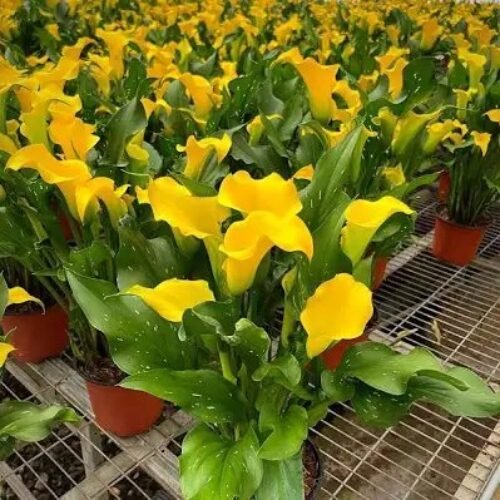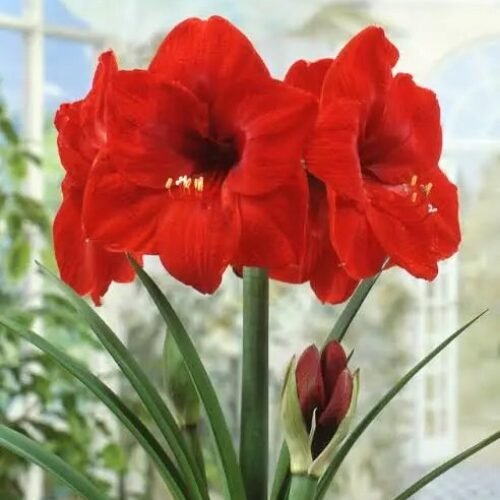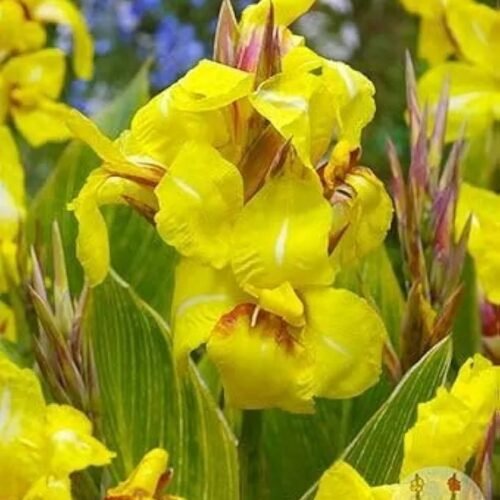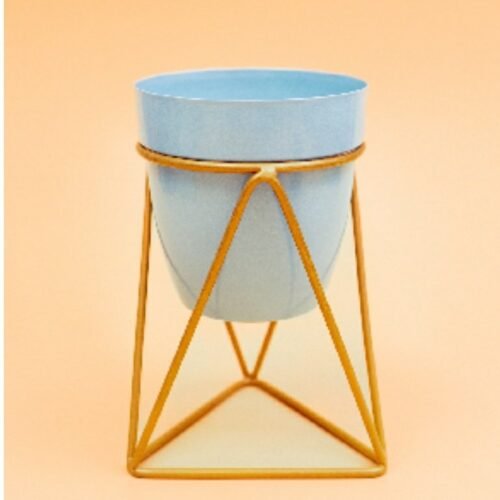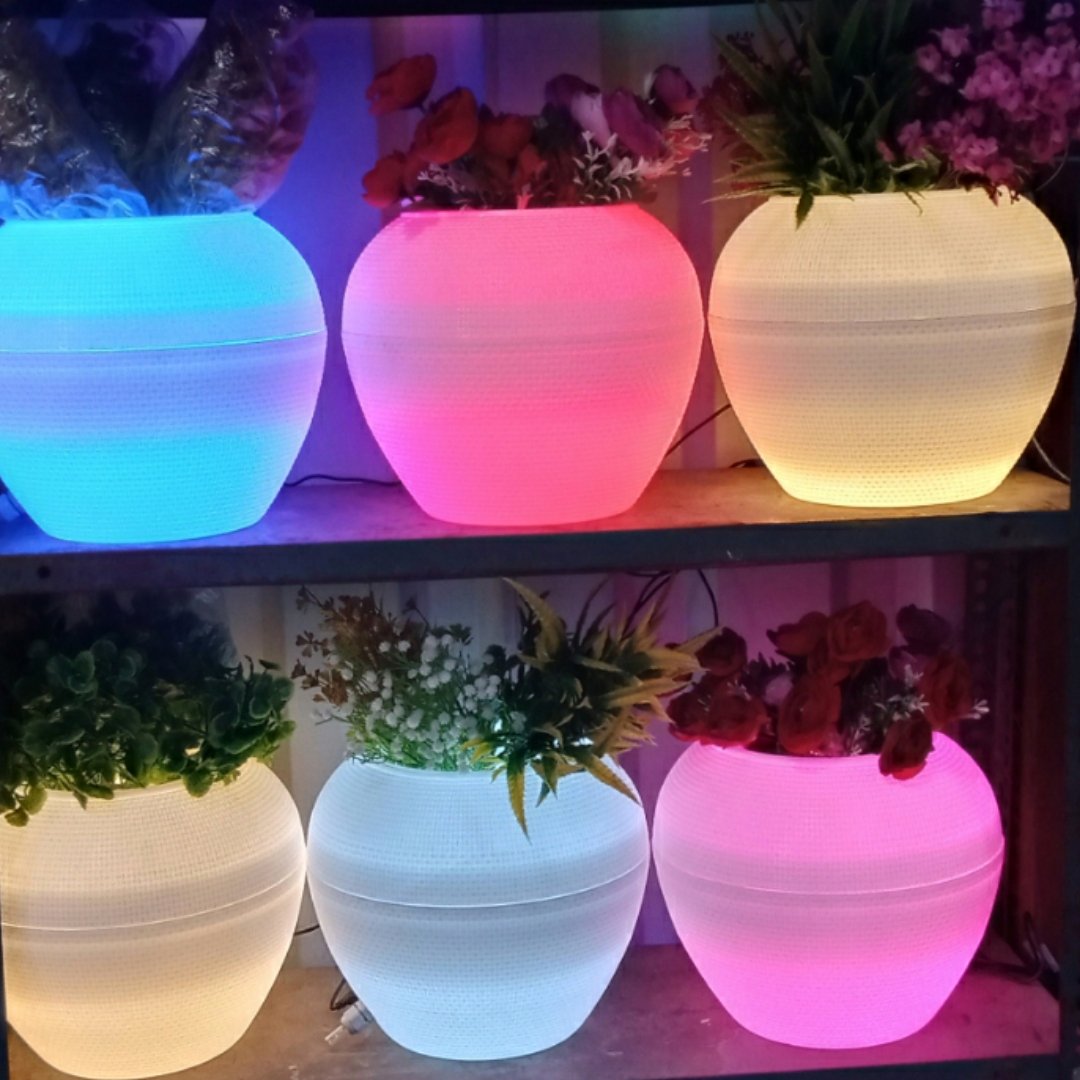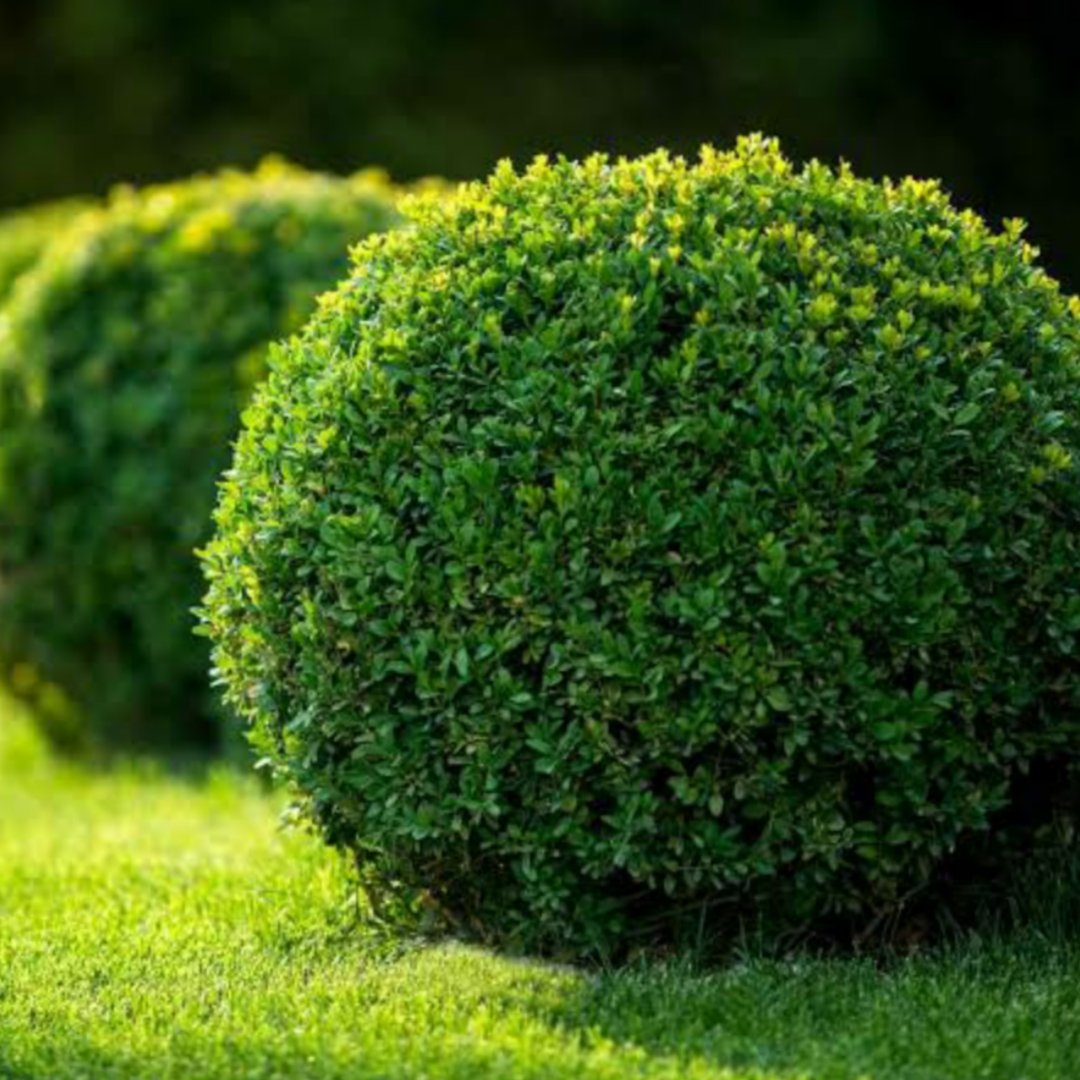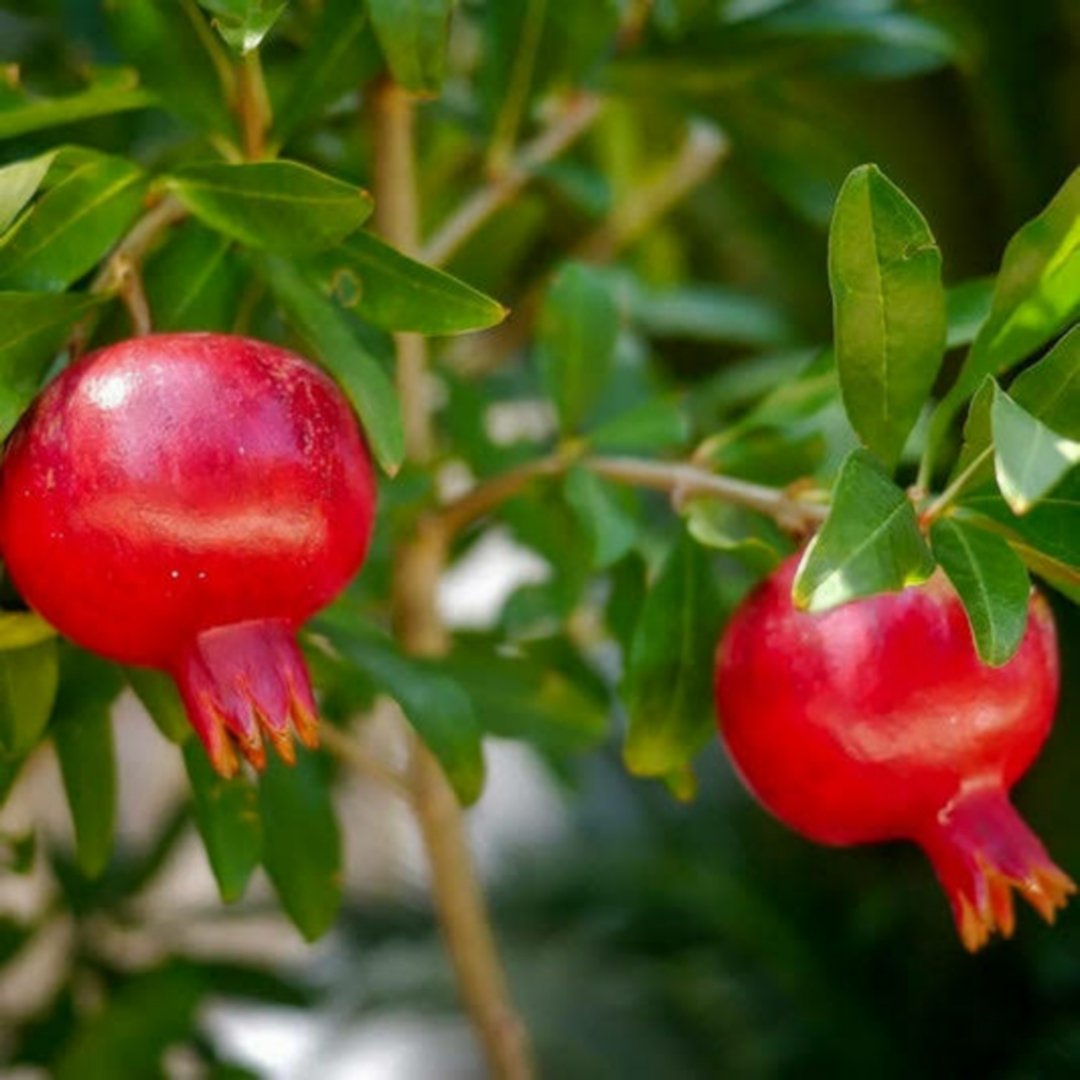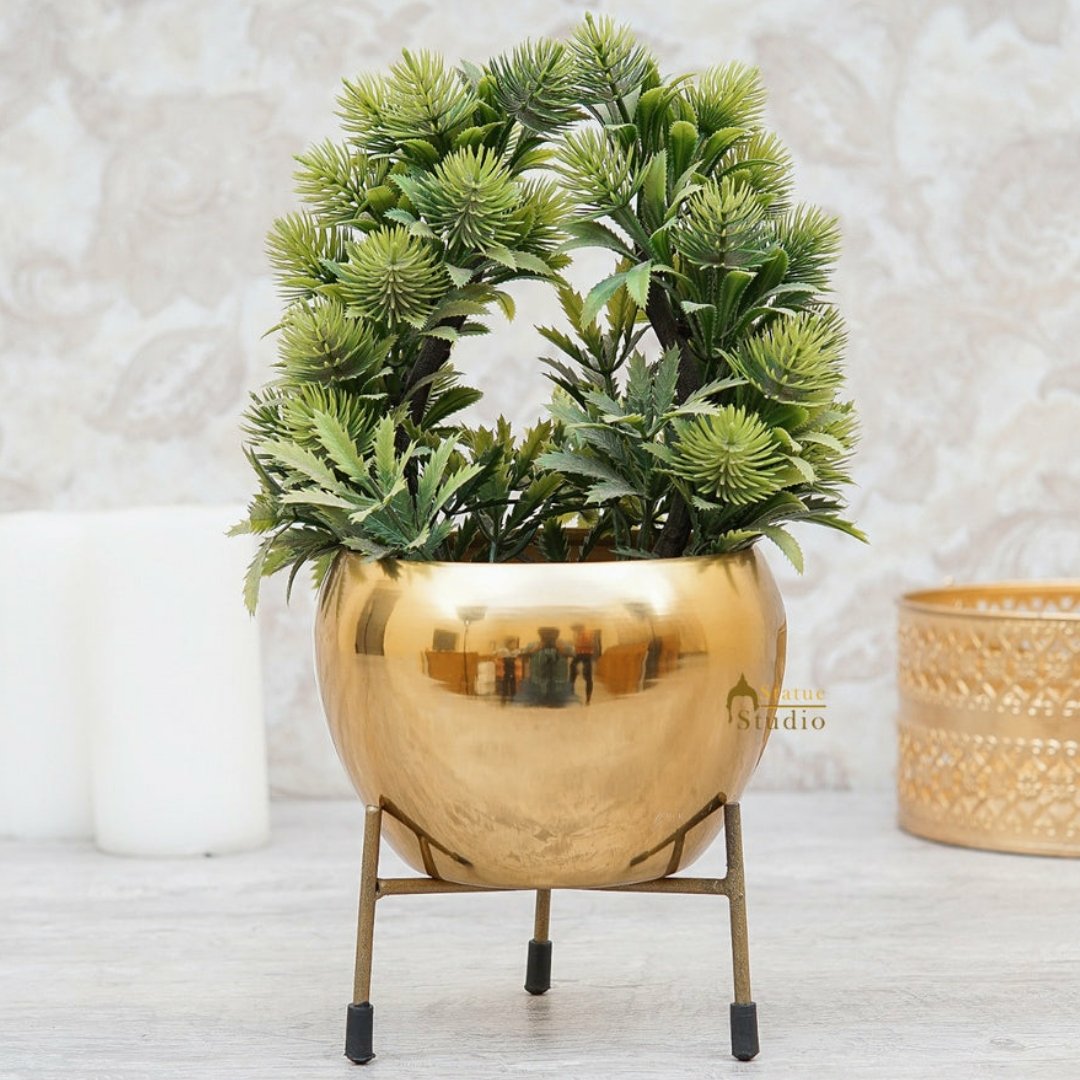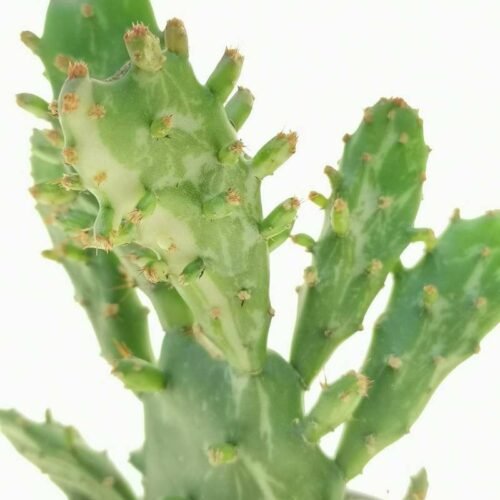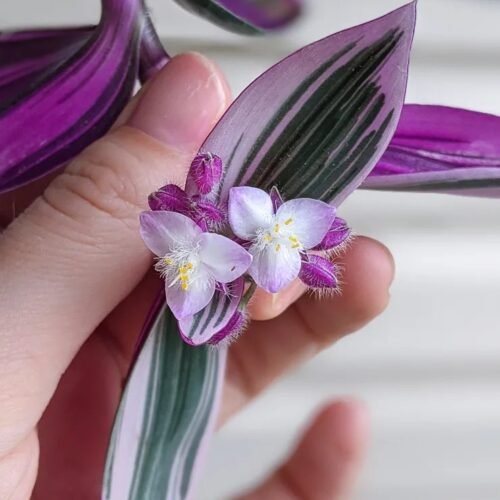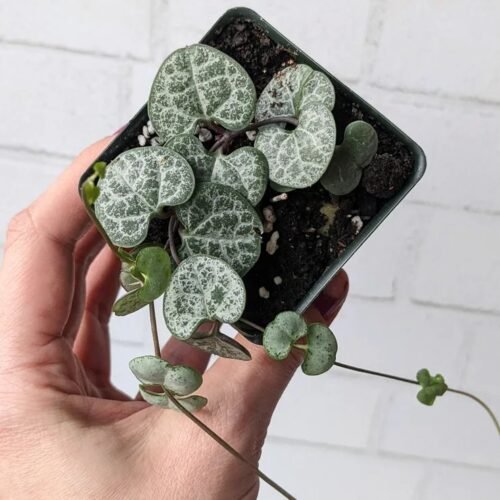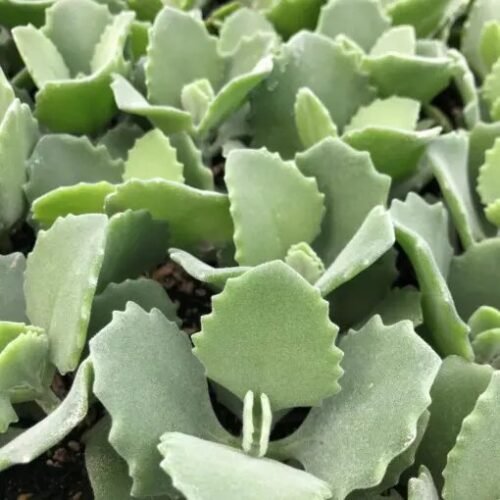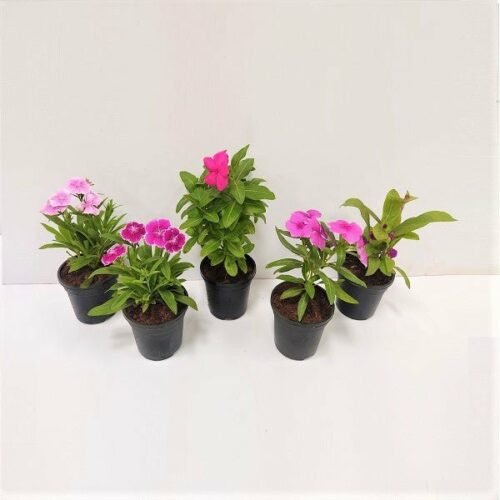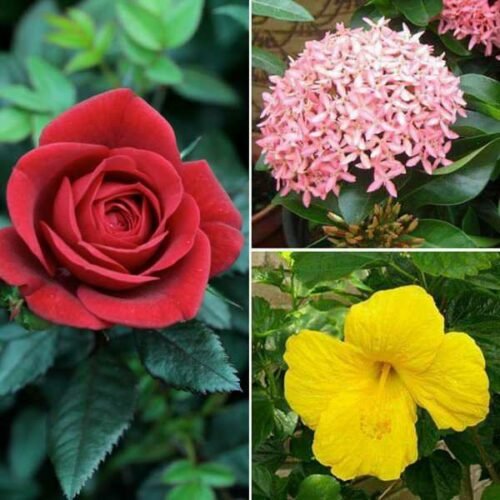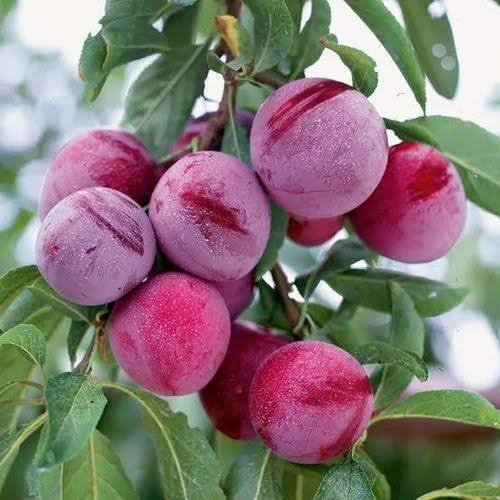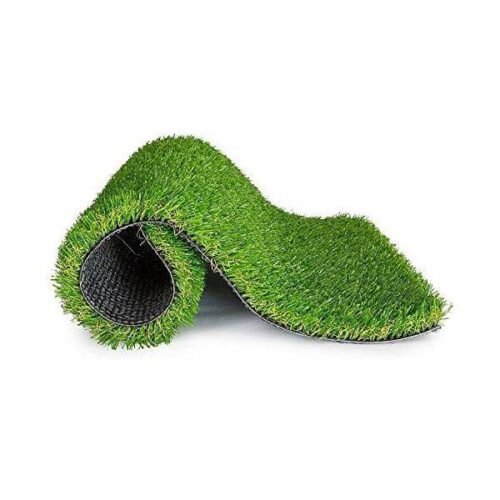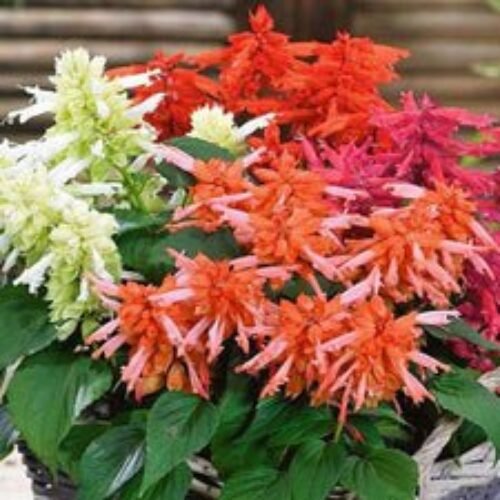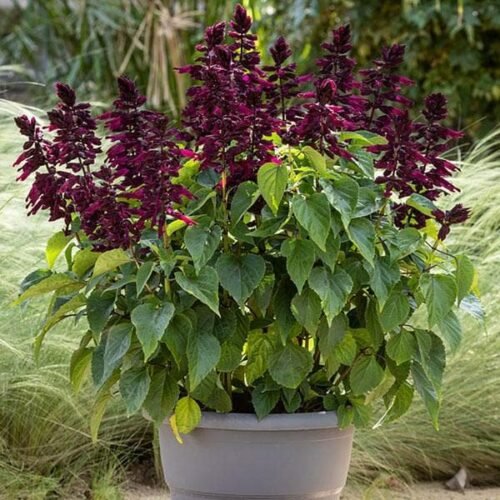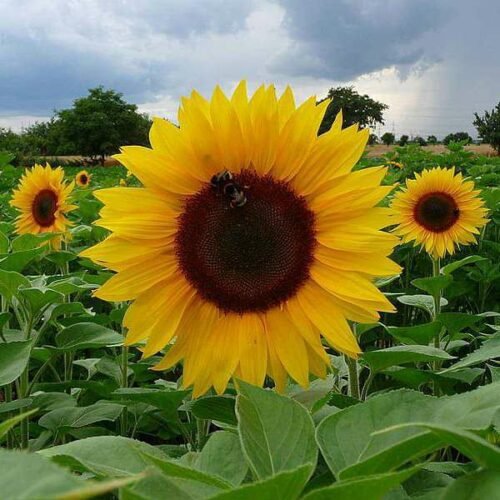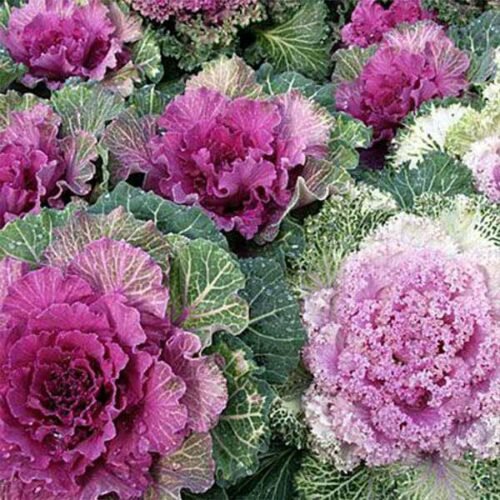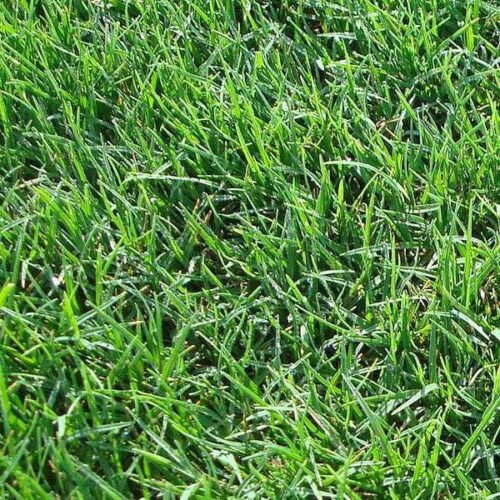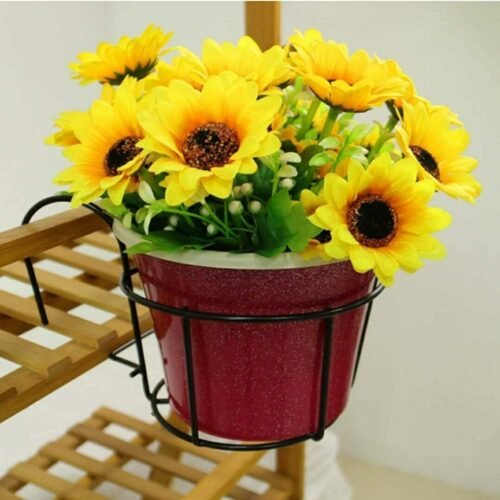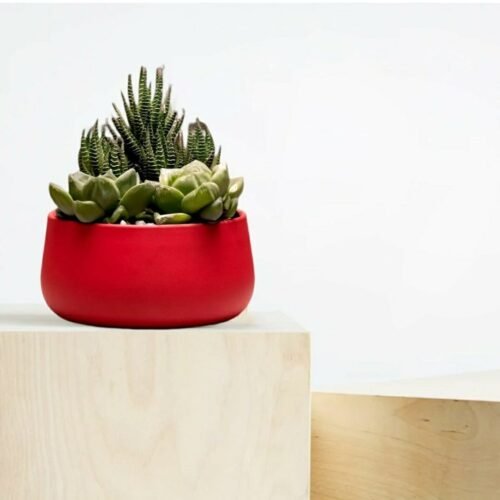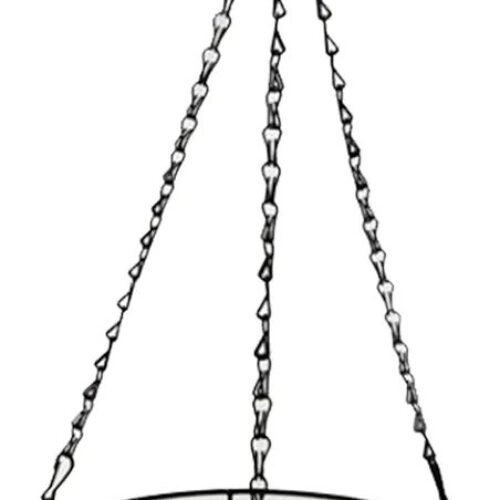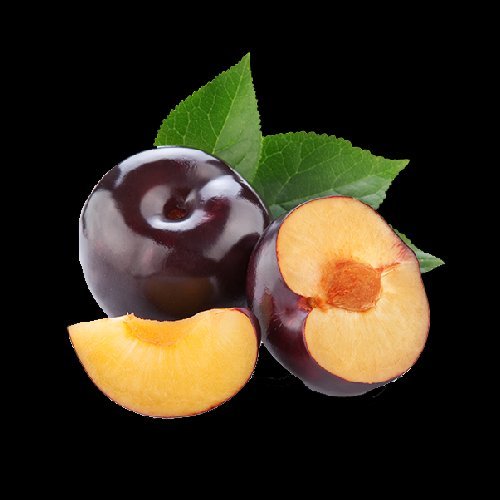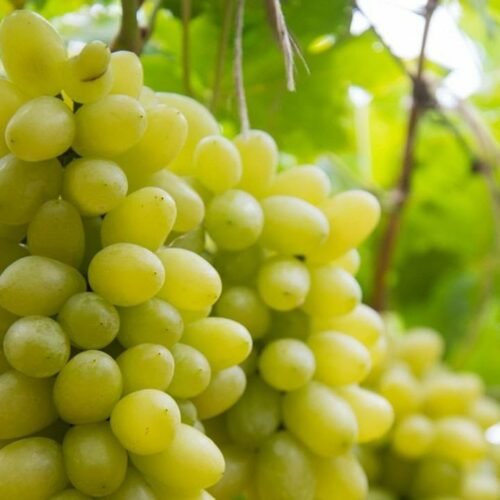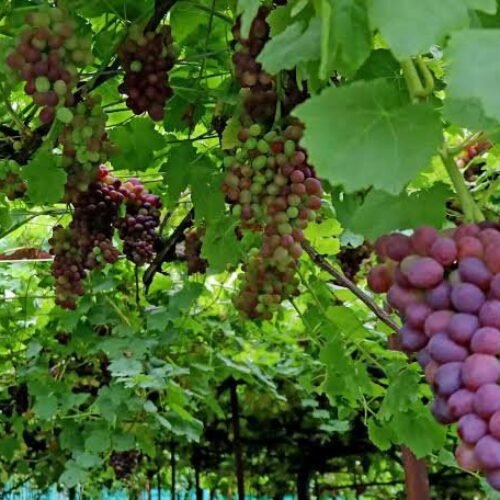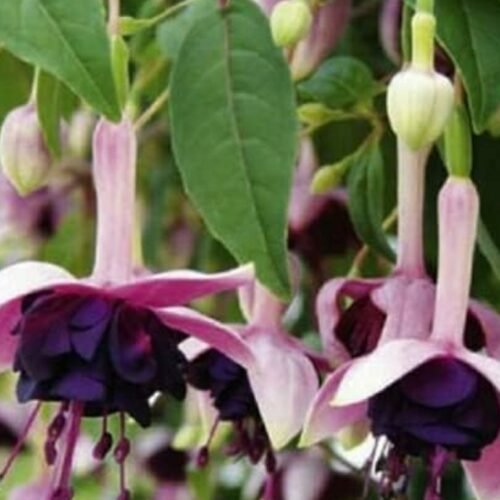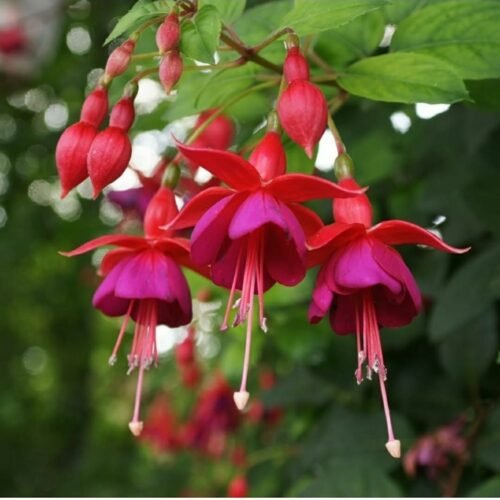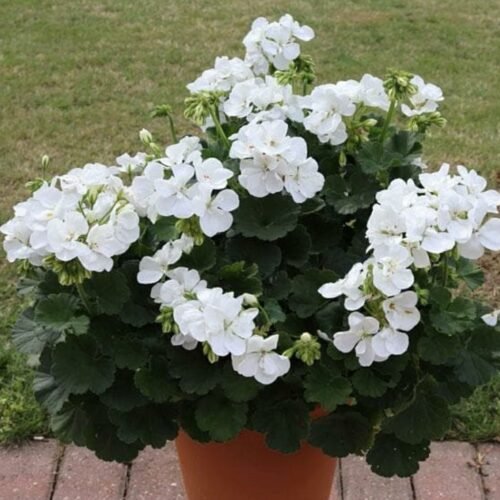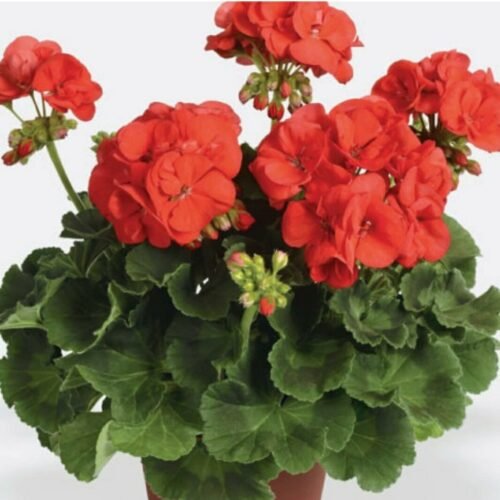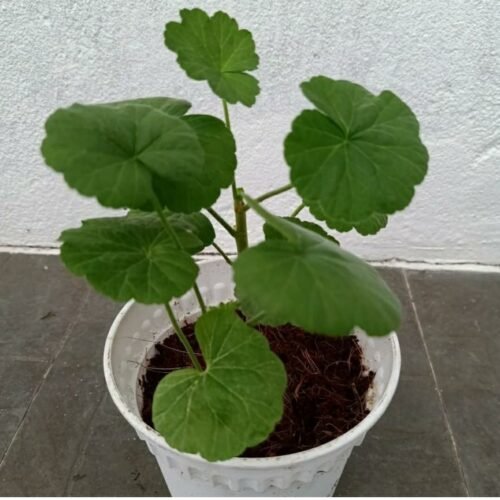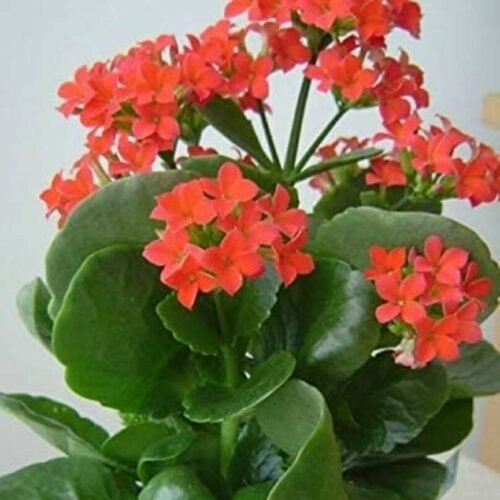₹0.00
Items on sale this week
Top picks this week. Up to 50% off the best selling products.
Calla Lily Flower Bulb set of 2|Calla Lily Bulbs for Sale
Amaryllis Lily Mix Bulb(2Pc)
Monstera Broken Heart Plant Sapling (1pc)
canna bulb (set of 5)
Anna Apple Tree, Low Chill, Good Shelf Life, Sweet & Red Apples
Timed Special
Blue Triangular, Metal Oblong Pots & Planters Pack of 1
Opuntia Tuna Monstruosa – Bunny Ear Cactus
Kalanchoe Millotii (2″ Pot)
Top 5 Dazzling Flowering Plants Pack
Top 3 Plants for Beautiful Flowers
Calla Lily Flower Bulb set of 2|Calla Lily Bulbs for Sale
Amaryllis Lily Mix Bulb(2Pc)
Monstera Broken Heart Plant Sapling (1pc)
Anna Apple Tree, Low Chill, Good Shelf Life, Sweet & Red Apples
Red Gala Variety Grafted Seb Fruit Live Plants
Cryptomeria japonica
Santa Rosa Plum Tree Santa Rosa Plum Tree
Calla Lily Flower Bulb set of 2|Calla Lily Bulbs for Sale
Amaryllis Lily Mix Bulb(2Pc)
Monstera Broken Heart Plant Sapling (1pc)
canna bulb (set of 5)
Green Artificial Grass (6.5 X 4 ft / 1.9 x 1.2 m)
Floor that shines away!
Time remaining until the end of the offer; Hurry to take advantage of the offer
Calla Lily Flower Bulb set of 2|Calla Lily Bulbs for Sale
Timed special offer for you
Time remaining until the end of the offer; Hurry to take advantage of the offer
Salvia F1 Hybrid Mixed Color – Flower Seeds
Salvia Salsa purple – Flower Seeds
Sunflower Russian Gaint – Desi Flower Seeds
Ornamental Cabbage, Kale Fringed Leaves – Foliage Plant Seeds
Bermuda Lawn Grass – 0.25 kg Seeds Copy
Bermuda Lawn Grass – 0.5 kg Seeds
Iron Art Hanging Baskets Flower Pot Holder Metal Fence Rail for Patio Balcony Porch
Metal Planter for Plants, Plant Pots for Home Decor, Living Room, Rust Free, Multipurpose Pot, (Plants not Included)set of 1
Metal Planter for Plants, Plant Pots for Home Decor, Living Room, Rust Free, Multipurpose Pot, (Plants not Included)set of 1
Metal Planter for Plants, Plant Pots for Home Decor, Living Room, Rust Free, Multipurpose Pot, (Plants not Included)set of 3
The Global Hanging Plant Basket Pot with Three Point Chain and S-Hook for Indoor and Outdoor Use – A Complete Solution for Your Green Thumb Needs 5inches
Red plum (red beauty) Plant 01
Fortune Plum Plant
Fuchsia LIVE HEALTHY PLANT
Fuchsia LIVE HEALTHY PLANT
Geranium Live Beautiful Indoor Flower Plant (Pack of 1)
Geranium Live Beautiful Indoor Flower Plant(Pack of 1)
Geranium Live Beautiful Indoor Flower Plant (Pack of 1)
Kalanchoe Double Petals Flower (Red) Hybrid variety flower Plant Indoor Air Purify Plant with Pot Pack of 1
Our Good Customers
What customers say is not just incredible, it's a symphony of praises that resonates with the harmonious chords of satisfaction and delight.

Plants are fresh and delivered on time. I was not expecting such fast delivery. Products are worth.

Life is a garden, and you are the masterful gardener tending to the blooms of possibility.

I am happy with the purchase, and products are in very good condition.

I ordered 3 apple plants, I received additional guide from seller. Thank you
Use Copuon Code ‘Prepaid’
To reduce shipping for prepaid orders, Use this coupon code in checkout section or view basket page.
Have any questions?
If you have any questions or inquiries, we welcome you to reach out to us. Feel free to contact our dedicated support team via email address below.
Call Us
You have multiple convenient options. Whether you prefer a traditional phone call or the ease of instant messaging, WhatsApp, you can reach out to us effortlessly.
Google Recommended
- Fresh and Green Plants
- Free delivery for all orders over INR 3000
Copyright 2024 © Botanic Store. All right reserved with VeenWebs

